Rescue workers are racing against time to rescue the 83 gold miners that were buried in a massive Tibet landslide that covered the miners’ camp in Maizhokunggar County. The mining site is about 70 kilometers to the east of Lhasa, the capital of Tibet. Reports of injuries or deaths are not yet received and rescuers say they have yet to see any of the miners.
A large section of land, which is about three kilometers long, containing about two million cubic meters of rocks, debris and mud crashed from the mountainside on Friday. The landslide immediately engulfed the camp.
The mining camp
The gold miners work for the Tibet Huatailong Mining Development Co., Ltd., which is a sister company of the China National Gold Group Corp. The state-owned company is the largest producer of gold in the country. They were resting that day when the landslide occurred. Over 1,000 fire fighters, police, medics and soldiers have already been dispatched to the disaster location, which is situated on the side of a mountain, with an elevation of 4,600 meters or 15,000 feet. At this time of the year nighttime temperature in the area could go down below the freezing point.
No signs yet
According to a member of the Chinese People’s Armed Police the situation is grave since the area that collapsed is nearly four square kilometers in size. Rescue workers have yet to find signs of the trapped miners. Most of them are Han Chinese with about two ethnic workers from Tibet.
Hospitals were already alerted to be prepared to treat survivors but so far no worker has been brought in. Chinese President Xi Jinping and Prime Minister Li Keqiang have already issued an order to make the rescue operations a top priority and to secure the area to prevent additional disaster from happening.
Naturally-rich site
It has been reported that the landslide was a natural occurrence although specifics were not available. It was several hours after the landslide before the first news about it came out.
However, most of Tibet’s mountainous regions are landslide-prone areas, but heavy mining aggravates the situation. The area where the mine is located is isolated. It is, however, very rich in natural resources such as various metals, minerals of high value, bauxite, copper and chromium.
China undertakes the promotion of several industries and the development of mining in the area to raise the population’s standard of living and promote the growth of Tibet’s economy. Despite these developments, Tibet is still one of the poorest regions in China.
The latest disaster could once again trigger the criticisms being hurled at the Chinese government. Critics have been very vocal about saying that the Chinese government’s interest in Tibet is driven only by the country’s strategic position and its vast mineral wealth, which upsets the delicate ecosystem of Tibet as well as their traditional way of life and Buddhist culture.
Photo Credit: Lhasa Valley, Tibet


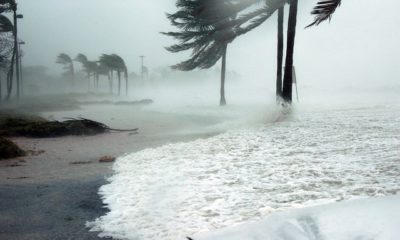
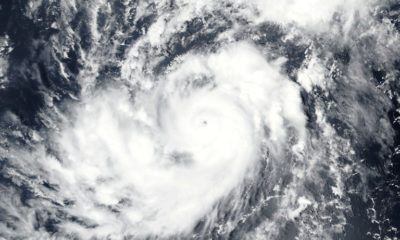
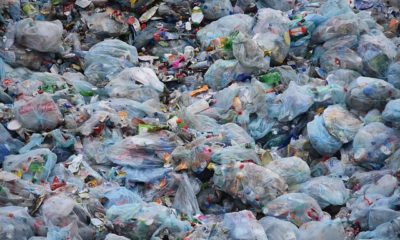
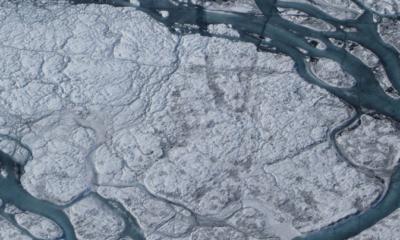
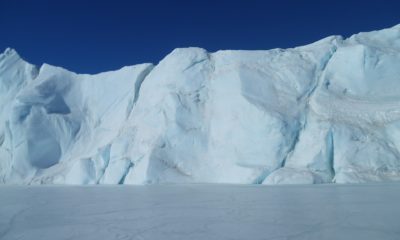
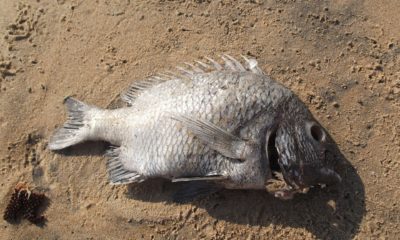
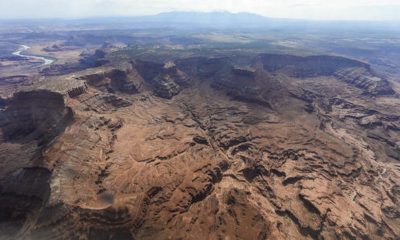
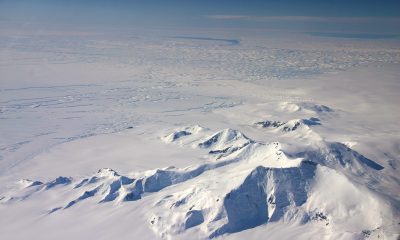





Facebook
Twitter
Pinterest
Google+
LinkedIn
Email